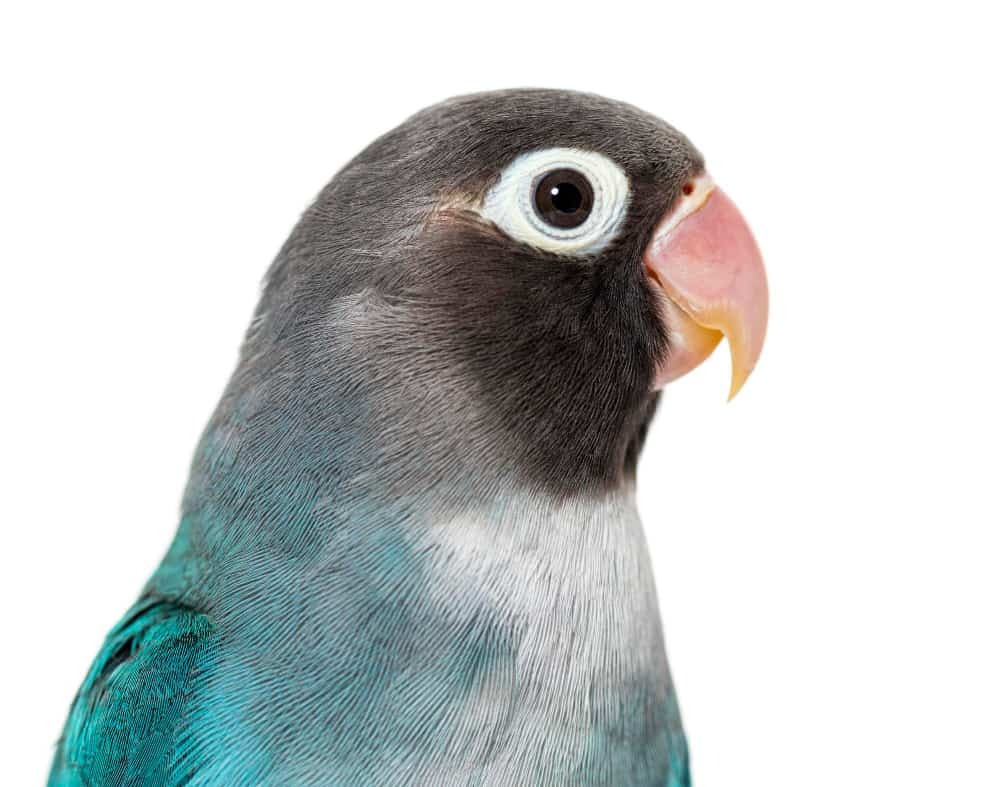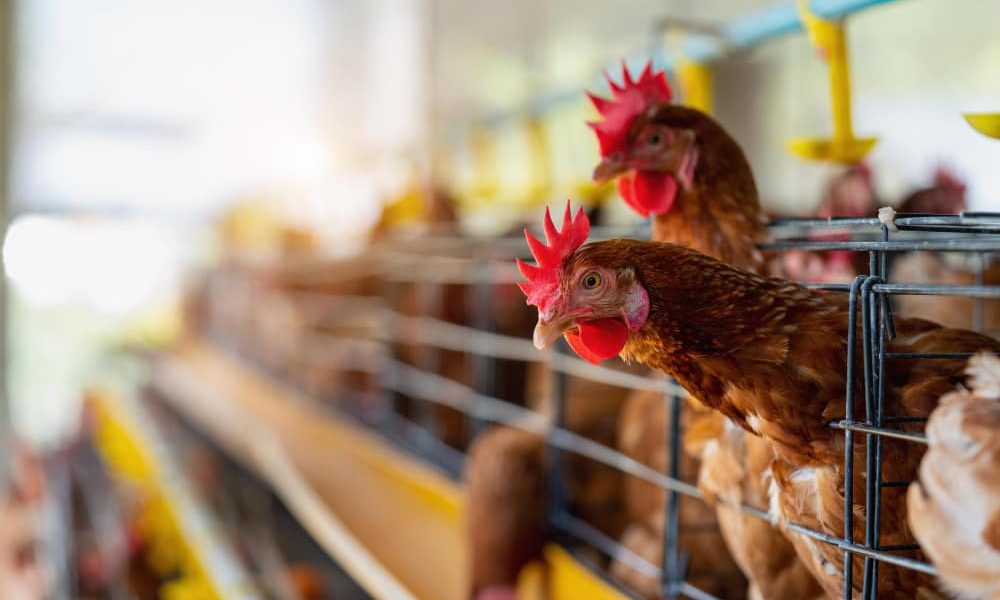
Discover how to determine the gender of your lovebird by observing its physical characteristics, behavior and through DNA testing.
The lovebird commonly known as “inseparable”, They are small colorful birds belonging to the parrot family. Originally from Africa, they have captured the hearts of many bird lovers due to their sociable and affectionate behavior.
However, one of the most frequently asked questions among owners of these birds is how to differentiate the sex of a lovebird.
Although it is not easy to determine the gender at a glance, There are certain guidelines that can help us. In this article, we will explain how to tell if a lovebird is male or female.
Physical characteristics
Body and head shape
The physical differences between males and females are not very evident at first glance, which can make it difficult to determine the gender based solely on this aspect.
However, a careful and comparative observation can reveal certain peculiarities:
- Female: Traditionally, females have a body with a more robust structure and a rounded appearance. Their chest is usually more prominent and their muscles, although not visible, feel denser to the touch. The head, on the other hand, is characterized by being wider and flatter, with a slightly more defined bone structure than in the male.
- Male: Males, in contrast, tend to have a slightly longer and slender body, giving a more stylized appearance. Its head, not being so wide, seems narrower and more pointed, especially in the beak area.
Pelvis
The pelvic palpation method has been used by breeders and experts for years as a quick way to determine gender:
- Female: The main reason why the female’s pelvis is wider and more flexible lies in the need to have an adequate channel for the passage of the eggs during laying. This more open and elastic bone structure facilitates this process.
- Male: For its part, the male does not have the biological need for a wide canal, so his pelvis tends to be more closed and rigid.
It is essential to mention that this technique, although useful, is not infallible. The age of the bird, its physical condition, and even its diet can influence the opening of the pelvis. Besides there is a risk of causing harm to the bird if not done with delicacy and knowledge.
Behavior
A lovebird’s behavior can be a clear window into its gender, but it also requires patient and detailed observation:
Territoriality
- Female: Females are usually protective of their space, especially if they are in the breeding season or if they have eggs in their nest. This territoriality is manifested through pecking, high-pitched vocalizations or even chasing other birds that get too close to their territory.
- Male: Males, although they can also be territorial, tend to be more laid-back compared to females. Their nature is friendlier and they are often more playful and sociable with other birds and their keepers.
Nest construction
- Female: Preparing the nest is a task that females take very seriously. They fervently dedicate themselves to collecting, tearing and arranging materials, thus achieving a warm and safe space for their future chicks. It is common to see the female spending hours shaping and adjusting her nest to perfection.
- Male: Although they participate by carrying materials and assisting in construction, males do not have the same level of meticulousness as females. Their role is usually more supportive, leaving the female the main conditioning task.
DNA tests
For those looking for a definitive and accurate answer, the DNA test is the solution:
The process of this test is simple, but it must be performed by a professional. A small sample of blood, feather or tissue is taken from the bird and sent to a specialized laboratory. Using advanced molecular biology techniques, The gender of the bird is identified with an accuracy close to 100%.
Although it is the most reliable way, it has an associated cost and can be stressful for the bird, so it is recommended only if it is absolutely necessary or if you have in mind the professional breeding of these birds.
Conclusion
Determine the sex of a lovebird can be a challenge if we only rely on physical or behavioral characteristics, since these can vary depending on the individual.
However, by combining physical and behavioral observations, it is possible to get a clearer idea. If definitive confirmation is desired, DNA testing is the most accurate option.
Whatever method you choose, the most important thing is Provide your lovebird with the care and attention it needs to live a healthy and happy life.







